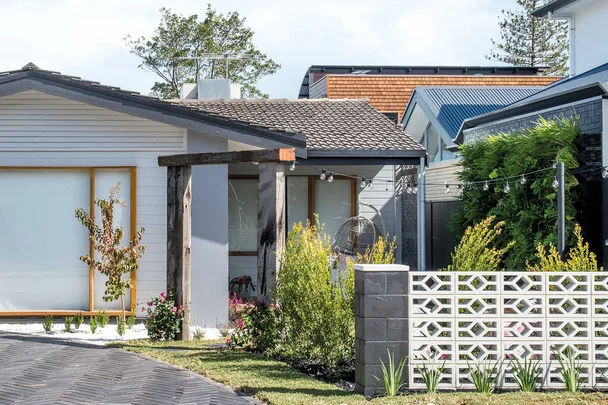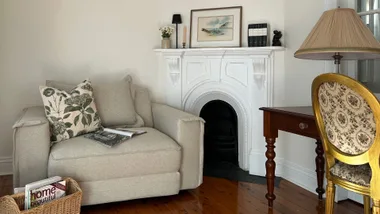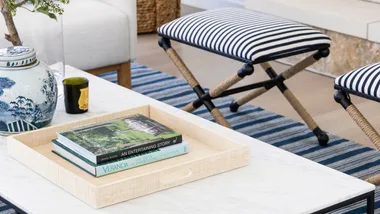First impressions count, especially when you’re selling your house. Bringing things up to scratch need not require a complete renovation – the idea is to rejuvenate certain areas so they are like new once more.
Have a look around your home and see where it could do with a quick tidy up or a mini makeover – perhaps it’s fixing that raised paver, mulching the garden bed, hosing down the stairs, or repainting your walls and touching up paint. If you don’t know where to start, our guide will show you how a few quick fixes can completely change the look and feel of your home.

Simple step pavers
If your pavers have lifted or if you want to lay a path with a difference, try this quick and easy stepping-stone pathway.
Gather your supplies:
- Brickie’s sand
- Cement
- Recycled pavers
You’ll also need:
Mattock or crowbar; rake; pegs; stringline; mulch; wheelbarrow; measuring tape; brickie’s trowel; rubber mallet; spirit level
Here’s how…
Step 1
Using mattock or crowbar, carefully lift any old pavers and set them aside. Roughly level area with back of rake.
Step 2
Hammer in pegs on corners of paving area. Run string line between pegs and set to finished height of pavers.
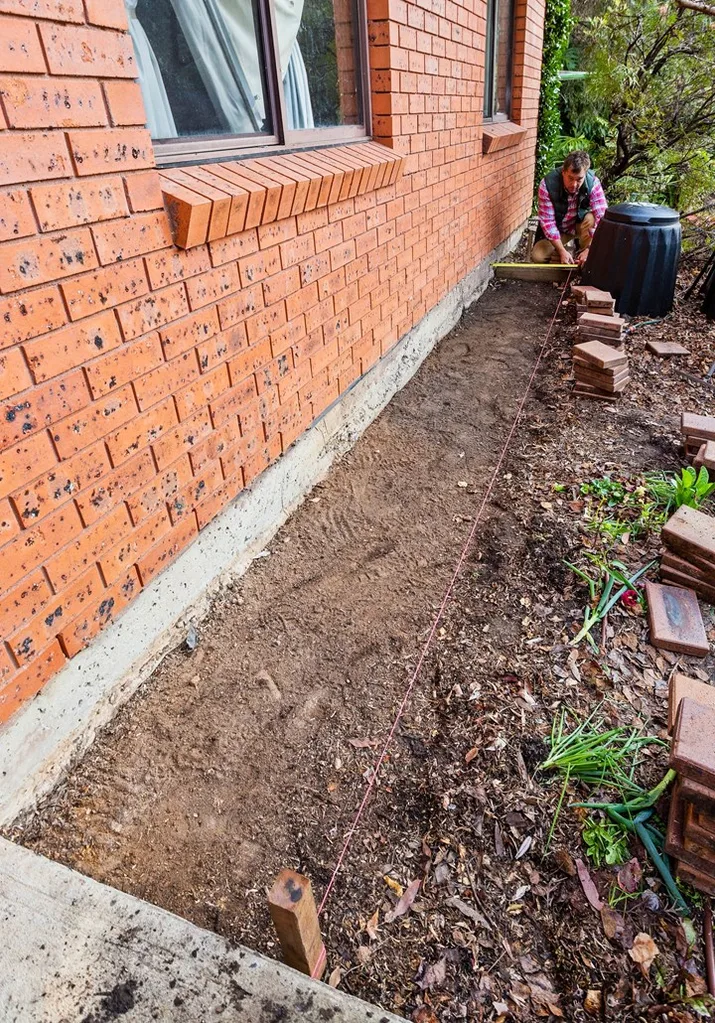
Step 3
Add 4 parts brickie’s sand and 1 part cement to wheelbarrow. Blend thoroughly, then slowly add water until mixture is stiff.
Step 4
Shovel a bed of mortar onto ground. Spread with trowel so it is large enough to accommodate pavers. Lay 1 paver in corner of mortar bed and tap into place with rubber mallet until level with stringline. Keeping in line with edges of first paver, lay second paver below and tap into place. Repeat for remaining pavers, checking level and adjusting if necessary.
Step 5
Measure 200mm from previous pavers, then shovel a bed of mortar onto ground. Lay pavers by repeating Step 4. Allow mortar to dry, then spread a layer of mulch in-between and around pavers.
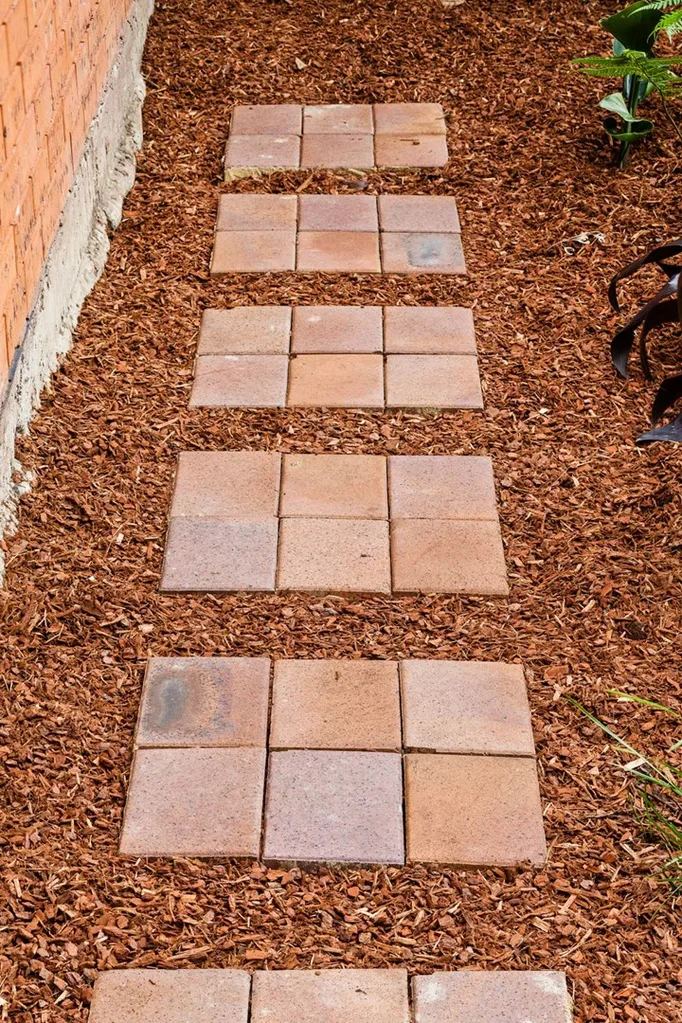
Lay the lawn
If your lawn is looking a little worse for wear, it may be time to re-turf it. To do this, dig up your lawn, turn over topsoil to a depth of about 10-15cm and rake level. Spread turf underlay over surface and use a screed or straightedge to level surface of soil. Scatter a turf starter over soil, then lay a header course of turf around the perimeter. For the next row, stagger joints of turf as you lay them. Tap down each row using the back of a spade to ensure roots and soil are in good contact. Once turf is down, water thoroughly. You’ll need to soak the entire lawn every day or two, then after a month, reduce to two or three times a week, depending on weather conditions.
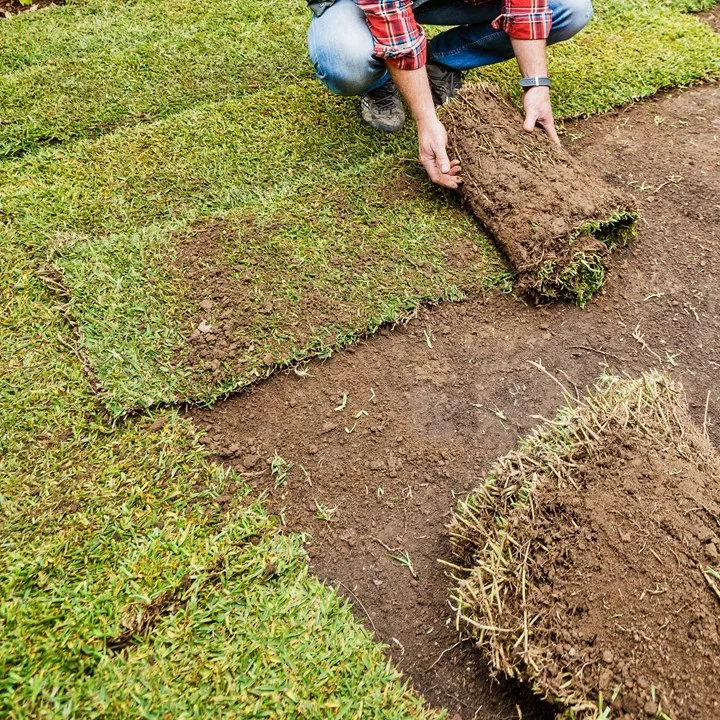
Hose down
A quick spray of pavements and concrete surfaces with a high-pressure hose will instantly help liven up their appearance, making them look like new. You can purchase a high-pressure hose from your local hardware store, or hire a high-pressure cleaner from equipment hire companies, such as Kennards. Sweep excess dirt and debris from the surface before you start, then use the hose to thoroughly rinse the area.
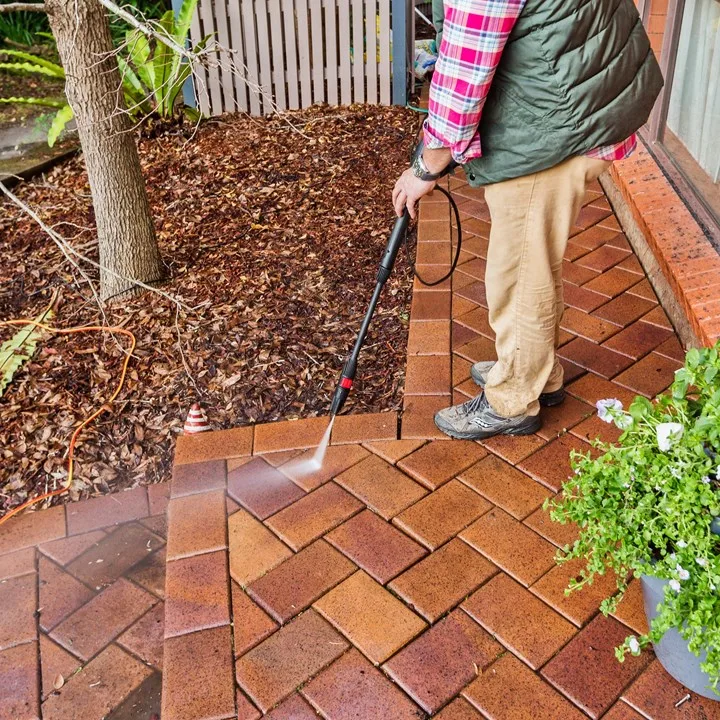
Fix loose pavers
Loose pavers on steps are a trip hazard waiting to happen, but you can avoid an accident by simply gluing it back down. To do this, remove the loose paver and use the edge of a bolster to carefully chip away any mortar. Apply two blobs of Selleys Liquid Nails to the surface, then replace the paver and carefully tap down with a rubber mallet until level.
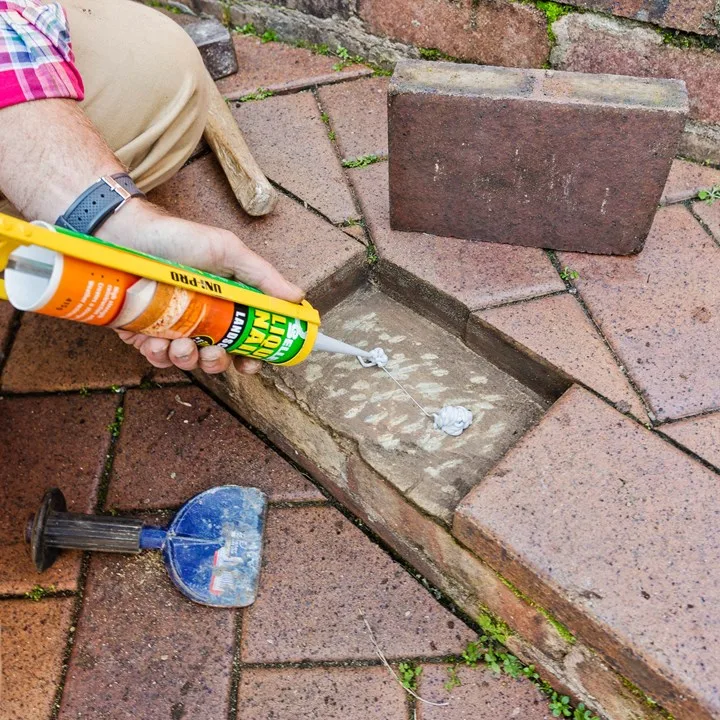
Dress the door
Make the entrance to your home welcoming – a lick of paint will work wonders for rejuvenating a tired front door. When you’re finished, go one step further and provide a friendly green greeting by your front door with potted colour or a striking pot plant.
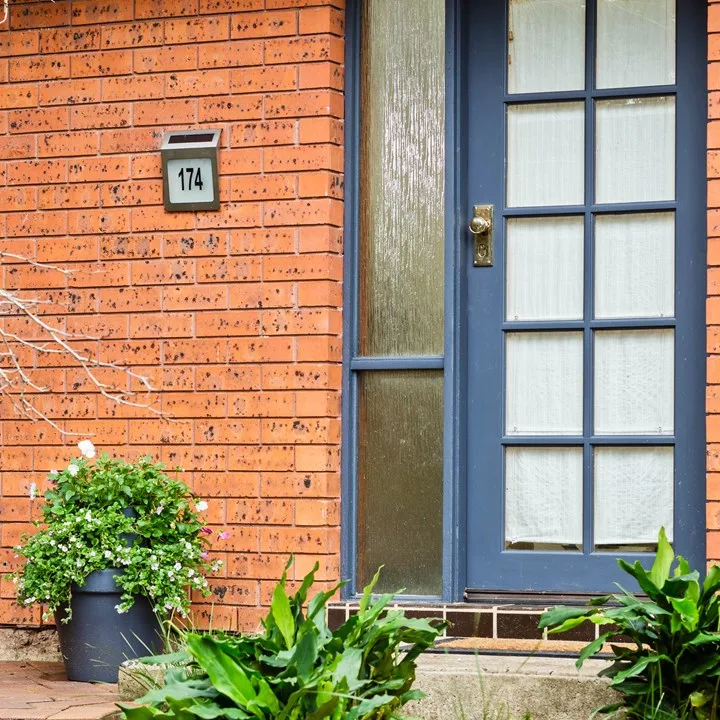
Spread mulch
Bare ground is never a good look, especially in garden beds. Do a quick rake up of rubbish and loose debris, then cover up the soil by spreading an even layer of bark mulch over the top. This will also help to suppress weeds and retain soil moisture.
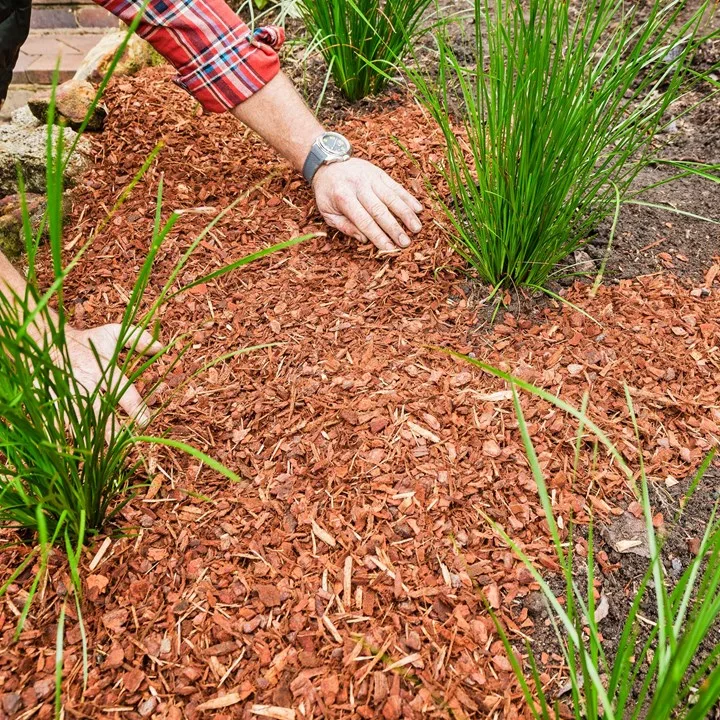
This article originally appeared on Better Homes and Gardens
